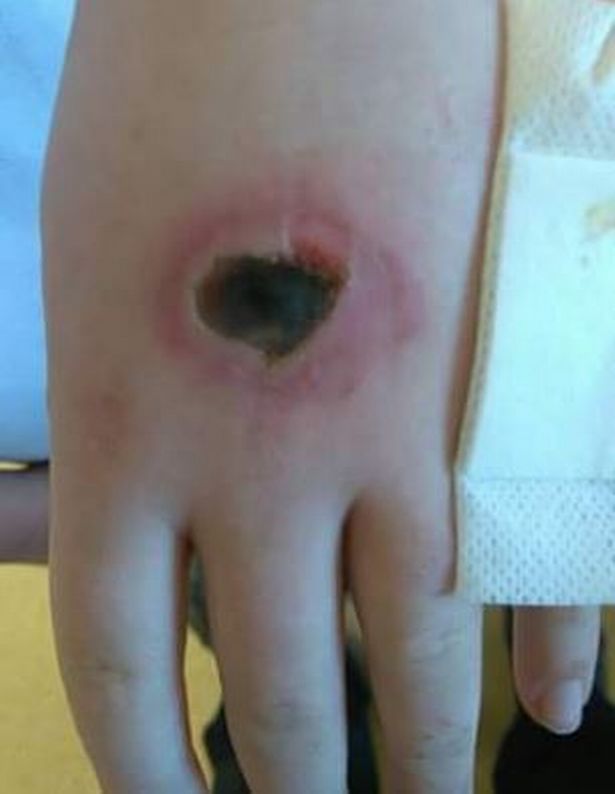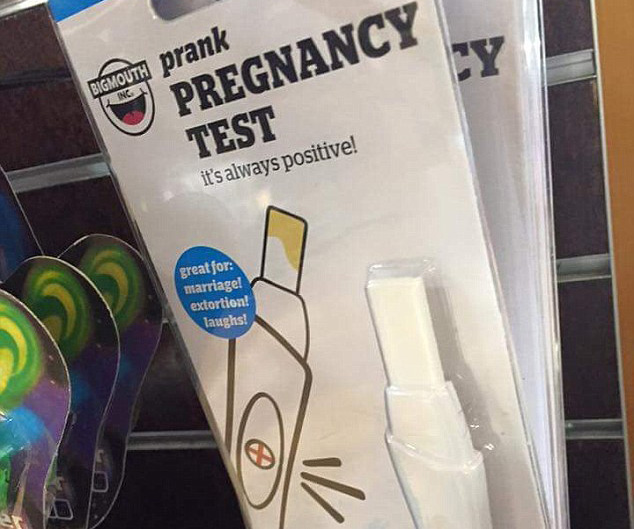From suicide challenges to pro-anorexia hashtags, dangerous websites and internet crazes are just a few clicks away for our tech-savvy teens. With worrying content more accessible than ever before, Take 5 finds out how to keep your child safe online.
Momo-ment of terror
A mobile phone pings with a new message.
Hello, the unknown user says. It’s Momo.
The stranger’s profile picture shows bulging eyes and a sinister smile. She has grotesque bird-like features and is said to possess supernatural powers.
As the urban legend goes, a girl refused to participate in Momo’s escalating dares, and later she was found dead.
Momo became mainstream when YouTube account ‘GloomyHouse’ created a video talking about the legend, which has been viewed more than two million times.
The phone number where people can contact Momo through WhatsApp is listed in the video.
This caused a disturbing craze to explode, as the number was shared across social media.
Dr Lauren Rosewarne, a social scientist at the University of Melbourne told Take 5: “Momo is the latest incarnation of a cyber bogeyman: a fabricated entity who ‘lurks’ on the internet. The idea is that the recipient is challenged to carry out a dangerous or criminal task, or something worse will happen to them.”
Since there are no official reports of casualties, it appears to be a hoax.
In reality, Momo is just a sculpture that was on display at an art gallery in Japan.
But frightening photos of it quickly spread online and soon after, the legend was born.
It’s unclear how widespread the wicked myth is, but fears that online predators are using the image to contact children have sparked debates over online safety.
Momo is a bird-like creature sculpture but is often only depicted from the neck up.
Too easily Led
Research shows that teenagers are naturally more impulsive than adults due to the makeup of their brains.
It means that they can act before thinking of potential consequences. This is made worse by social media, which rewards outrageous behaviour
The more shocking the content, the bigger the bragging rights.
Impulsive behaviour combined with the pressure for ‘likes’ and ‘comments’ encourage teenagers to take more risks.
Dr Lauren Rosewarne told Take 5: “An ‘internet craze’ is a very broad way to describe anything that gets popularity online.
“From fake news to incorrect information about vaccinations to the Momo challenge, the internet allows for the rapid broadcast of content and, in turn, allows a lot of people to rapidly access material.”
“Teenagers want to be seen. Social media gives them an opportunity to do this whereby, through content like videos, they are able to be seen and thus, be validated by a large number of people.”
For years, content promoting potentially life-threatening eating disorders and self-harm thrived on social media platforms like Instagram.
Within a few taps of a keyboard teenagers can find shocking photos of emaciated bodies and self-harm.
The platform banned certain hashtags and search terms after 14-year-old British girl Molly Russell died by suicide in 2017.
It’s believed she had been using the photo-sharing app to view graphic posts about depression and self-harm before taking her own life.
With a study by the Network of Victim Assistance in the US finding that more than 50 per cent of teens who witnessed something upsetting online did not tell an adult, it’s more important than ever to check in with teens.

School girl Molly Russell
Image credit: Belfast Telegraph
A deadly dare
This dare game sees participants voluntarily setting themselves on fire.
It started on YouTube in 2012 when a man uploaded a video lighting his chest hair on fire with a match and teens quickly started to copy.
Timiyah Landers, 12, from Detroit, watched the dangerous challenge online and decided to attempt it, too, pouring alcohol on her body and setting it alight, once her mum had gone to bed.
WATCH BELOW: TEEN SETS HIMSELF ON FIRE FOR VIRAL VIDEO
She was rushed to hospital and suffered second and third degree burns covering 49 per cent of her body.
Mum Brandi Owens said following the incident that content like this should be ‘censored.’
She said: “That’s nothing that a kid should come across. I could have lost my baby; by the grace of God she’s alive.
If I wasn’t home, I would have walked in to my baby dead.”

Timiyah Landers in hospital.
Image credit: Washington Post
The ice and salt challenge
In this game, which went viral on YouTube, ice and salt are rubbed onto the arm which results in a severe burning sensation.
The challenge is to keep it on for as long as possible and then post the video online.
But it can cause a similar chemical reaction to frostbite and in the worst case, children have been forced to undergo skin grafts.
One young boy from Swansea was left in such pain that his mother shared the images in order to warn others.

The boy from Swansea’s wound.
Image credit: Wales Online
What can parents do?
The dark side of the internet became all too real for mum Sonya Ryan.
Her 15-year-old daughter Carly was groomed by 50-year-old online predator Gary Francis Newman who was posing as a teenage boy on MySpace.
Carly fell in love after 18 months of online contact and phone calls.
In February 2007, Newman convinced Carly to meet him and the pair went to a secluded beach in Port Elliott, SA, where he killed her.
Newman was found guilty of her murder and sentenced to life imprisonment.
Following the sentencing, mum Sonya set up the Carly Ryan Foundation and has devoted her life to making the internet a safer place for young people.
Sonya Ryan’s online safety tips
Educate yourself about all the apps on your child’s device.
Understand privacy settings and public chat functionality.
Educate yourself about the device you are handing over to your child to use – be sure to check settings regularly, particularly with each software update.
Implement guidelines for use – just as we require a driver’s licence to drive a car and must be responsible for our choices on the road, our children need to have guidelines in relation to the online space. There are consequences for all the actions we take.
Remember you are paying for and providing the internet and device to your child until they are old enough to manage their own expenses. You have the right to create guidelines, you are the parent. Remind your child your motivation comes from a place of love and care for them.

.png)

